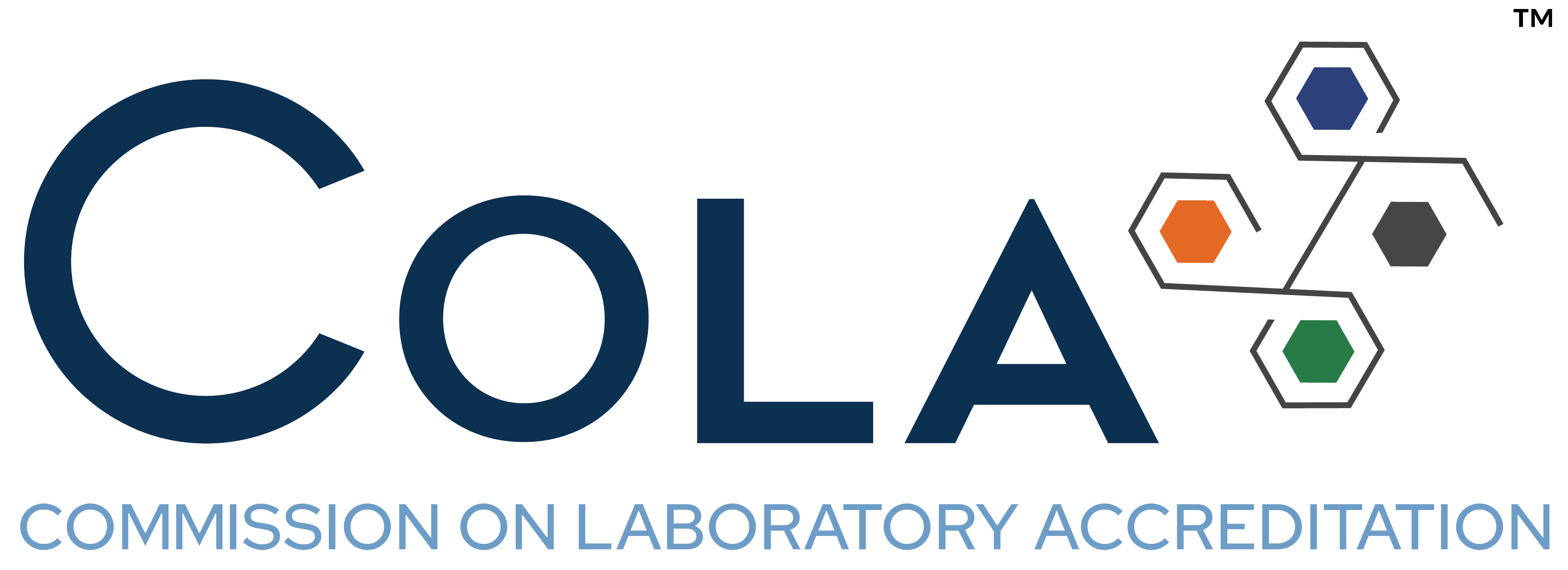Welcome back to our ongoing series exploring Gain of Function Research (GOFR). In this third installment, we venture onto the tightrope of balancing the inherent risks and benefits of GOFR, while acknowledging the challenges along the way.
Piecing Together the Risk-Benefit Puzzle
The controversy surrounding GOFR revolves around different perceptions of the associated risks and benefits. Critics argue that GOFR poses an unjustifiable risk to public health, given the paucity of direct benefits. They assert that the stated benefits are often overshadowed by the fact that natural pandemic strains can deviate significantly from those created in experimental settings. Critics also cite historical incidents of laboratory mishaps leading to inadvertent infections, such as the 2003 SARS outbreak originating from a Singaporean laboratory, the 2007 foot-and-mouth disease presumed to have started from a UK laboratory and a more recent 2019 aerosolized Brucella leak in China that infected over 10,000 individuals, to name a few. These accidents underscore the inadequacy of the existing surveillance system to quickly detect a pandemic viral sequence. With the continued expansion of GOFR, critics fear an increase in biosafety incidents, especially when research is conducted in countries or institutions with weaker biosafety infrastructures or less stringent research oversight protocols.
In contrast, GOFR supporters emphasize the potential benefits of persevering with GOFR, simultaneously downplaying or dismissing the associated risks. They worry that increased scrutiny and regulation could obstruct our understanding of potential pandemic pathogens (PPPs). They also express concerns that more stringent oversight could deter prospective talent from entering the field. Advocates argue that steering clear of contentious GOFR might leave substantial scientific discoveries unexplored. Last but not least, they speculate that tighter regulations could unnecessarily escalate costs, reduce efficiency or make GOFR research less accessible for less affluent nations.
The Daunting Task of Quantifying Risks and Benefits in GOFR
Achieving a balance between risks and benefits in GOFR requires their quantitative assessment—a task fraught with difficulties. One major issue is the ambiguity surrounding the definition of GOF. The term has evolved to encompass various types of research, raising questions about whether it should strictly refer to deliberate genetic manipulation or include any modifications of infectious pathogens that could potentially impact the study population. Determining the boundaries of GOF research is crucial to avoid either overly broad implications or overly restrictive constraints.
Additionally, assessing the risks and benefits of GOFR is complicated by factors such as the unpredictability of scientific discoveries and the delayed recognition of their importance. Estimating the benefits of GOFR can be challenging when the significance of scientific discoveries is not always immediately evident. Calculating risks related to biosecurity, including intentional malicious actions, can be hindered by a lack of available information. Estimating biosafety risks can be informed by past data on laboratory accidents, but it is essential to consider the lessons learned and the impact of implementing new precautions and regulations.
Inclusive Considerations
Recognizing the broad impact of GOFR, diverse stakeholders should be involved in risk-benefit assessments. Scientists, healthcare providers, ethicists, policymakers and the public all have a right to participate in these discussions. Public engagement is crucial for ethical decision-making and to avoid imposing public risks without consent. Given the global implications of GOFR, international engagement is also vital to harmonize governance on a global scale.
Consideration of Safer Alternatives to GOFR
Exploring less risky alternatives to GOFR is essential. Options such as using low-pathogenic strains or focusing on loss-of-function research have been considered, but they have limitations. Low-pathogenic strains may not accurately replicate target pathogens, while loss-of-function research alone may not provide sufficient data. Researchers should also explore other safer alternatives, such as studying single proteins or replication-incompetent viruses in vitro, utilizing in silico modeling and conducting long-term genetic sequence comparisons. These alternatives offer valuable insights without the risks associated with enhanced virulence.
Final Thoughts
Conducting risk-benefit analyses in GOFR is a complex endeavor, requiring careful consideration of available data. Both proponents and critics of GOFR should focus on the core issues rather than resorting to sensational rhetoric. Analyzing risks and benefits can lead to productive conversations and adjustments that mitigate risks and maximize benefits.
In our next blog post, we will examine the current U.S. policies and guidelines designed to mitigate biosecurity and biosafety risks. Please keep following our blog series!

